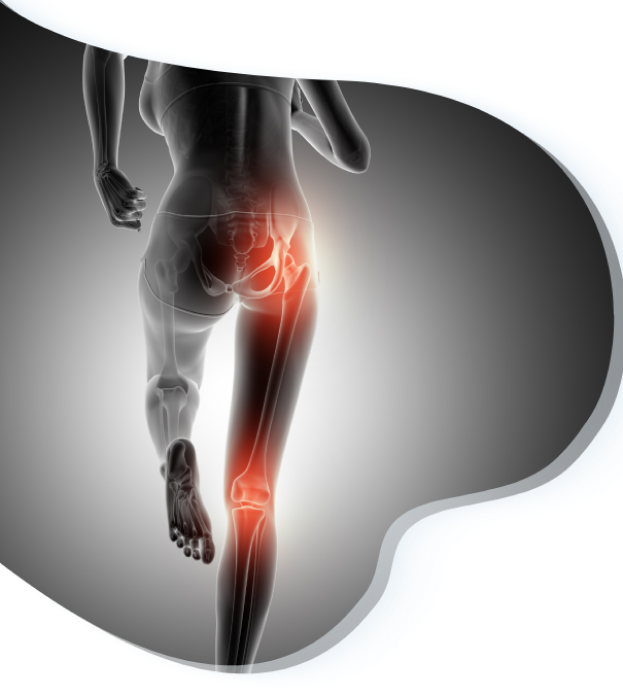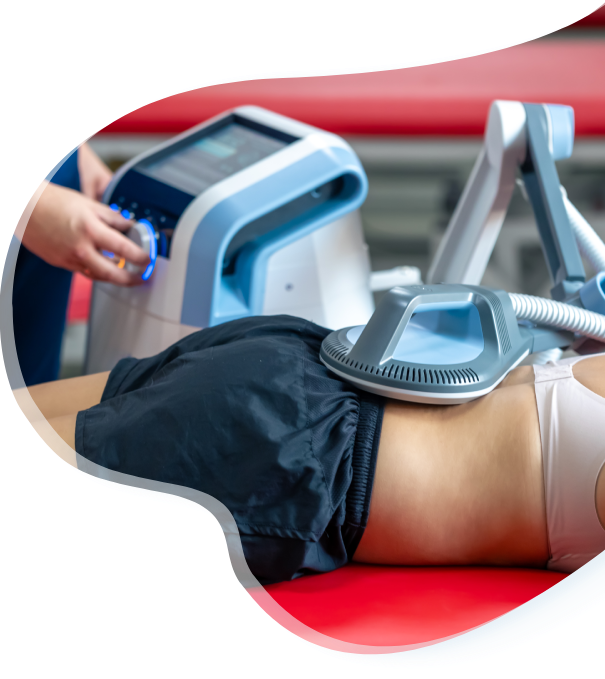Understanding Revision Total Hip Replacement
Revision total hip replacement, also known as revision hip arthroplasty, involves the removal of the existing artificial hip joint components and replacing them with new ones. This complex procedure is performed when the initial hip implant fails due to various reasons such as wear and tear, instability, infection, or implant loosening. This may include removing part of your hip replacement and maintaining other parts, complete revision or staged revision (removing the implant, placing a spacer and coming back months later to place a new replacement).

Reasons for Revision Total Hip Replacement
- Implant Wear and Tear: Gradual deterioration of the artificial hip components over time, leading to reduced functionality and increased pain.
- Loosening: Instability or loosening of the existing implant within the bone, causing pain and discomfort.
- Infection: Infection at the site of the hip implant, either immediately following the initial surgery or later on, necessitating implant removal and thorough debridement. This often requires two or more staged surgeries to complete treatment along with a multidisciplinary team to coordinate medication management.
- Fracture: Fracture around the hip implant or in the bone adjacent to the implant.
- Dislocation: Recurring dislocations or instability of the artificial hip joint.

Surgical Techniques for Revision Total Hip Replacement
Implant
Removal
The surgeon carefully removes the existing implants, taking care to preserve as much bone as possible.
Bone
Reconstruction
Bone defects are addressed through various techniques, including bone grafts, augments, metal meshes, or structural allografts to create a stable base for the new implant.
New Implant
Placement
The surgeon places a new hip implant, ensuring optimal alignment and stability to restore functionality.
Custom
Implants
In some cases, custom-made implants are used to address unique anatomical considerations or extensive bone loss.
Recovery and Rehabilitation
- Hospital Stay: The hospital stay for revision total hip replacement is typically longer compared to the initial hip replacement, often ranging from several days to a week.
- Pain Management: Patients are closely monitored for pain and provided with appropriate pain management techniques.
- Physical Therapy: Physical therapy begins shortly after surgery to improve strength, flexibility, and mobility of the hip. Rehabilitation is crucial for a successful recovery.
- Follow-up Care: Regular follow-up appointments with the surgeon are crucial to monitor progress, address concerns, and modify the rehabilitation plan as needed.

Is Revision Total Hip Replacement
Right for You?
The decision to undergo revision total hip replacement is significant and should be made after careful consultation with your orthopedic surgeon. Factors such as the cause of the revision, your overall health, bone quality, and extent of bone loss will be considered to determine if this procedure is the most suitable for you.
If you've experienced complications or failure in a previous hip replacement, consult with a qualified orthopedic surgeon to explore your options and decide on the most appropriate treatment plan.
Contact Us Now
Business Hours
- Monday: 9:00 AM – 6:00 PM
- Tuesday: 9:00 AM – 6:00 PM
- Wednesday: 9:00 AM – 6:00 PM
- Thursday: 9:00 AM – 6:00 PM
- Friday: 9:00 AM – 6:00 PM
- Saturday: Open Selected Saturdays
- Sunday: Closed



